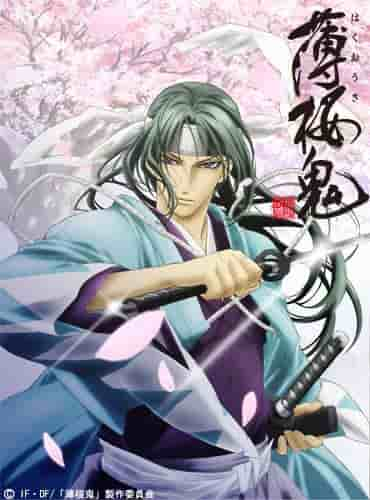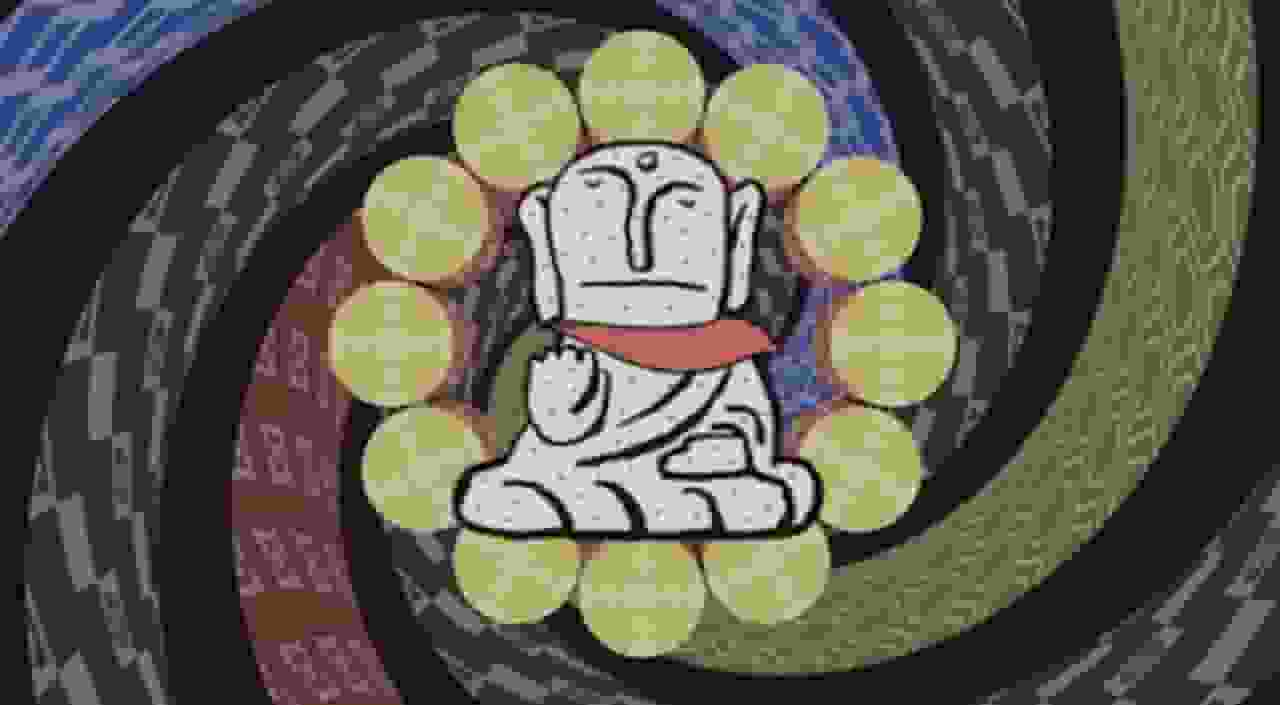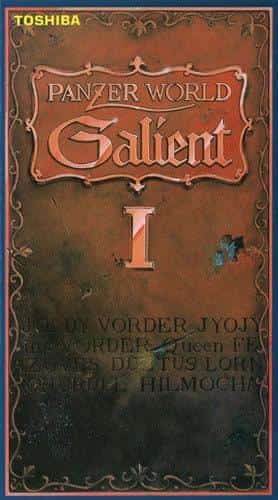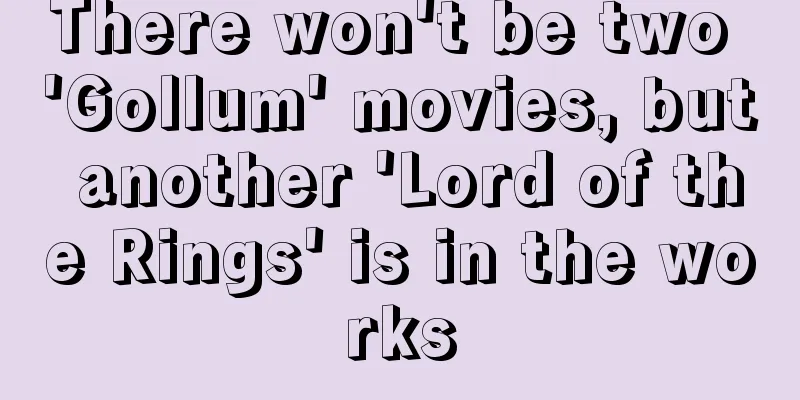Hakuoki Review: A moving story where history and romance intersect

Hakuoki: A story of the Shinsengumi and Rakshasa in the late Edo periodHakuoki is a story set in the turbulent times of the late Edo period, depicting the drama of the Shinsengumi men and one woman. Broadcast as a TV anime series in 2010, it is based on the romance game for women, Hakuoki Shinsengumi Kitan, by Otomate (Idea Factory/Design Factory). This game was released for the PS2 in 2008, and was subsequently ported to various platforms such as the PSP, DS, and PS3, and gained immense popularity, with fan discs and mini-game collections also being released. Now, the long-awaited anime adaptation has been realized. storyThe story begins from the perspective of Yukimura Chizuru, who traveled from Edo to Kyoto in the third year of the Bunkyu era. Chizuru comes to Kyoto to search for her missing father, but is nearly attacked by a bloodthirsty monster. She is saved by the Shinsengumi, an organization known as a group of assassins. However, Chizuru accidentally comes into contact with a secret of the Shinsengumi and is placed under house arrest. One after another, mysterious people appear, and the darkness of the Shinsengumi deepens. As Chizuru searches for her father, she learns the secrets of the Shinsengumi and her own origins, and shares their fate. In the turmoil of the end of the Edo period, men wield their swords for their beliefs. However, in the shadows, another conflict is about to begin. characterThe main character, Yukimura Chizuru, is voiced by Kuwashima Houko. She is a woman who came to Kyoto in search of her father's whereabouts, and after coming across the secrets of the Shinsengumi, she begins to work with them. The members of the Shinsengumi are a diverse group of characters, including Hijikata Toshizou (Miki Shinichiro), Okita Souji (Morikubo Shoutarou), Saito Hajime (Toriumi Kosuke), Todo Heisuke (Yoshino Hiroyuki), Harada Sanosuke (Yusa Koji), Kondo Isami (Okawa Toru), Yamanami Keisuke (Tobita Nobuo), Nagakura Shinpachi (Tsuboi Tomohiro), Inoue Genzaburou (Kobayashi Norio), Yamazaki Susumu (Suzuki Takayuki), Shimada Kai (Ooba Takeshi), and Ito Koshitaro (Chijiwa Ryusaku). Many other important characters who add color to the story also appear, such as Chizuru's father, Yukimura Tsunamichi (Saito Ryugo), and the existence of Rakshas. Production StaffThe director is Osamu Yamasaki, and the animation was produced by Studio Deen. Character design is by Atsuko Nakajima, and music is by Sachi Otani. While faithfully recreating the worldview of the original work, the film brings out new charms through the unique expressions of anime. Broadcast information"Hakuoki" was broadcast from April 3rd to June 19th, 2010 on tvk, Chiba TV, Teletama, AT-X, Sun TV, KBS Kyoto, TV Aichi, and TOKYO MX. It consists of 12 episodes, each 30 minutes long. It was broadcast on TVK, UHF, and AT-X, and produced by the "Hakuoki" Production Committee (Geneon Universal Entertainment, Frontier Works, and ATX). Evaluation and Appeal"Hakuoki" is a work that combines a story based on historical background with dark fantasy elements. It depicts the Shinsengumi men sticking to their beliefs and the process by which Chizuru chooses to live with them. In particular, the existence of Rakshasa adds depth to the story, and the tense visual expression draws the viewer in. Additionally, the personalities and relationships of the characters are fascinating, and the drama that unfolds in each episode is not to be missed. The anime adaptation was highly praised by fans of the original work, with particularly strong praise for the character designs and the voice actors' performances. Furthermore, it was widely accepted by new audiences, not just fans of the original game, and was made into a series and a movie. Related works include "Hakuoki: Kyoto Memoiroku," "Hakuoki: Hekketsu-Roku," "Hakuoki: Sekkaroku," and "Hakuoki: Reimeiroku," and continue to meet the expectations of fans. Theme songThe opening theme, "Tears of the Sixteenth Night," is sung by Aika Yoshioka. The lyrics are by Yumiyo, the music is by Takayoshi Tanimoto, and the arrangement is by Michihiko Ota. The ending theme, "Kimi no Kioku," is sung by Mao. The lyrics, music, and arrangement are by Hijiri Anze. These songs also add to the atmosphere of the work and resonate with the hearts of viewers. subtitleThe subtitles for each episode are as follows:
Related Titles"Hakuoki" has been made into a series, and the following related works have been produced:
Recommendation"Hakuoki" is a work that can be enjoyed by a wide range of viewers, including history buffs, romance drama buffs, and fantasy buffs. It is especially recommended for those interested in the history of the Shinsengumi and the turmoil of the end of the Edo period. You will definitely be drawn in by the charm of the characters and the development of the story. Please give it a watch. Further information"Hakuoki" is set in the Shinsengumi during the end of the Edo period, but the addition of fantasy elements gives the story more depth. The members of the Shinsengumi are modeled after real people, and their way of life and beliefs are depicted realistically. The existence of Rakshasas is a dark element reminiscent of Western vampires, adding tension to the story. The anime adaptation faithfully reproduced the worldview of the original work while bringing out new appeal through the unique expressions of anime. In particular, the character designs and voice acting were highly praised, and it was widely accepted not only by fans of the original work but also by a new audience. It has also been made into a series and a movie, and continues to meet the expectations of fans. The theme songs also add to the atmosphere of the work and resonate with the viewers. The opening theme "Tsukiyari Namida" is sung by Aika Yoshioka with a beautiful voice, and the ending theme "Kimi no Kioku" is sung by Mao with a moving voice. These songs also enhance the charm of the work. "Hakuoki" is a work that combines a story based on historical background with dark fantasy elements. It depicts the Shinsengumi men sticking to their beliefs and the process by which Chizuru chooses to live with them. In particular, the existence of Rakshasa adds depth to the story, and the tense visual expression draws the viewer in. Additionally, the personalities and relationships of the characters are fascinating, and the drama that unfolds in each episode is not to be missed. The anime adaptation was highly praised by fans of the original work, with particularly strong praise for the character designs and the voice actors' performances. Furthermore, it was widely accepted by new audiences, not just fans of the original game, and was made into a series and a movie. Related works include "Hakuoki: Kyoto Memoiroku," "Hakuoki: Hekketsu-Roku," "Hakuoki: Sekkaroku," and "Hakuoki: Reimeiroku," and continue to meet the expectations of fans. The theme songs also add to the atmosphere of the work and resonate with the viewers. The opening theme "Tsukiyari Namida" is sung by Aika Yoshioka with a beautiful voice, and the ending theme "Kimi no Kioku" is sung by Mao with a moving voice. These songs also enhance the charm of the work. "Hakuoki" is a work that combines a story based on historical background with dark fantasy elements. It depicts the Shinsengumi men sticking to their beliefs and the process by which Chizuru chooses to live with them. In particular, the existence of Rakshasa adds depth to the story, and the tense visual expression draws the viewer in. Additionally, the personalities and relationships of the characters are fascinating, and the drama that unfolds in each episode is not to be missed. The anime adaptation was highly praised by fans of the original work, with particularly strong praise for the character designs and the voice actors' performances. Furthermore, it was widely accepted by new audiences, not just fans of the original game, and was made into a series and a movie. Related works include "Hakuoki: Kyoto Memoiroku," "Hakuoki: Hekketsu-Roku," "Hakuoki: Sekkaroku," and "Hakuoki: Reimeiroku," and continue to meet the expectations of fans. The theme songs also add to the atmosphere of the work and resonate with the viewers. The opening theme "Tsukiyari Namida" is sung by Aika Yoshioka with a beautiful voice, and the ending theme "Kimi no Kioku" is sung by Mao with a moving voice. These songs also enhance the charm of the work. "Hakuoki" is a work that combines a story based on historical background with dark fantasy elements. It depicts the Shinsengumi men sticking to their beliefs and the process by which Chizuru chooses to live with them. In particular, the existence of Rakshasa adds depth to the story, and the tense visual expression draws the viewer in. Additionally, the personalities and relationships of the characters are fascinating, and the drama that unfolds in each episode is not to be missed. The anime adaptation was highly praised by fans of the original work, with particularly strong praise for the character designs and the voice actors' performances. Furthermore, it was widely accepted by new audiences, not just fans of the original game, and was made into a series and a movie. Related works include "Hakuoki: Kyoto Memoiroku," "Hakuoki: Hekketsu-Roku," "Hakuoki: Sekkaroku," and "Hakuoki: Reimeiroku," and continue to meet the expectations of fans. The theme songs also add to the atmosphere of the work and resonate with the viewers. The opening theme "Tsukiyari Namida" is sung by Aika Yoshioka with a beautiful voice, and the ending theme "Kimi no Kioku" is sung by Mao with a moving voice. These songs also enhance the charm of the work. "Hakuoki" is a work that combines a story based on historical background with dark fantasy elements. It depicts the Shinsengumi men sticking to their beliefs and the process by which Chizuru chooses to live with them. In particular, the existence of Rakshasa adds depth to the story, and the tense visual expression draws the viewer in. Additionally, the personalities and relationships of the characters are fascinating, and the drama that unfolds in each episode is not to be missed. The anime adaptation was highly praised by fans of the original work, with particularly strong praise for the character designs and the voice actors' performances. Furthermore, it was widely accepted by new audiences, not just fans of the original game, and was made into a series and a movie. Related works include "Hakuoki: Kyoto Memoiroku," "Hakuoki: Hekketsu-Roku," "Hakuoki: Sekkaroku," and "Hakuoki: Reimeiroku," and continue to meet the expectations of fans. The theme songs also add to the atmosphere of the work and resonate with the viewers. The opening theme "Tsukiyari Namida" is sung by Aika Yoshioka with a beautiful voice, and the ending theme "Kimi no Kioku" is sung by Mao with a moving voice. These songs also enhance the charm of the work. "Hakuoki" is a work that combines a story based on historical background with dark fantasy elements. It depicts the Shinsengumi men sticking to their beliefs and the process by which Chizuru chooses to live with them. In particular, the existence of Rakshasa adds depth to the story, and the tense visual expression draws the viewer in. Additionally, the personalities and relationships of the characters are fascinating, and the drama that unfolds in each episode is not to be missed. The anime adaptation was highly praised by fans of the original work, with particularly strong praise for the character designs and the voice actors' performances. Furthermore, it was widely accepted by new audiences, not just fans of the original game, and was made into a series and a movie. Related works include "Hakuoki: Kyoto Memoiroku," "Hakuoki: Hekketsu-Roku," "Hakuoki: Sekkaroku," and "Hakuoki: Reimeiroku," and continue to meet the expectations of fans. The theme songs also add to the atmosphere of the work and resonate with the viewers. The opening theme "Tsukiyari Namida" is sung by Aika Yoshioka with a beautiful voice, and the ending theme "Kimi no Kioku" is sung by Mao with a moving voice. These songs also enhance the charm of the work. |
<<: "MAJOR" Season 6: Reevaluating a story of baseball passion and growth
>>: The appeal and evaluation of the best!! Mecha Mote Iincho 2nd Collection
Recommend
Jet Li's five kung fu movies will be released on US video sites on February 18
Shout! Studios, an American home entertainment di...
"Kodomo no Jikan": A thorough analysis of the appeal and controversy of this controversial work
"Kodomo no Jikan" - A controversial wor...
"Digimon Adventure: Last Evolution Kizuna" confirmed to be introduced to mainland China
The Digimon 20th anniversary movie "Digimon ...
True Detective Season 4 IGN 9 points: The best episode since Season 1
The fourth season of HBO's suspenseful crime ...
"Hitman Wind" released the Japanese version of the poster, Pitt hugged the mysterious suitcase
According to foreign media reports, the action fi...
The appeal and reviews of "Shizuku": A moving anime that will bring you to tears
"Shizuku": The appeal of Tezuka Osamu&#...
Mobile Suit Gundam II: Soldiers of Sorrow: A moving sequel and its reviews
Mobile Suit Gundam II: Sorrowful Soldiers: The in...
The appeal and reviews of MapleStory: The essence of an MMORPG that can be enjoyed by beginners and advanced players alike
MapleStory: A tale of adventure and friendship &q...
"Re: Life in a Different World from Zero" Season 3 PV2 announced, to be aired on October 2
The third season of the animation "Re: Life ...
The appeal and reviews of "The World God Only Knows: Goddess Arc": Why is it a must-see?
"The World God Only Knows: Goddess Arc"...
The "Ultraman" series will be officially launched on B Station at 19:00 on March 31!
The official Weibo account of Bilibili announced ...
"Neon Genesis Evangelion" landed on Netflix, the official online trailer was released
Today (June 21), one of Japan's most prestigi...
The Bremen Muppets: The Appeal and Evaluation of Everyone's Songs
The Bremen Muppets - The appeal of Minna no Uta a...
Filming of Netflix's hit series The Dark Knight Rises Season 2 has begun
Netflix's 2023 dark horse hit American drama ...
I'll do it if I can! The artist redesigned the character design of the movie "Sonic the Hedgehog"
Edward Pun, a game artist working for Sucker Punc...









